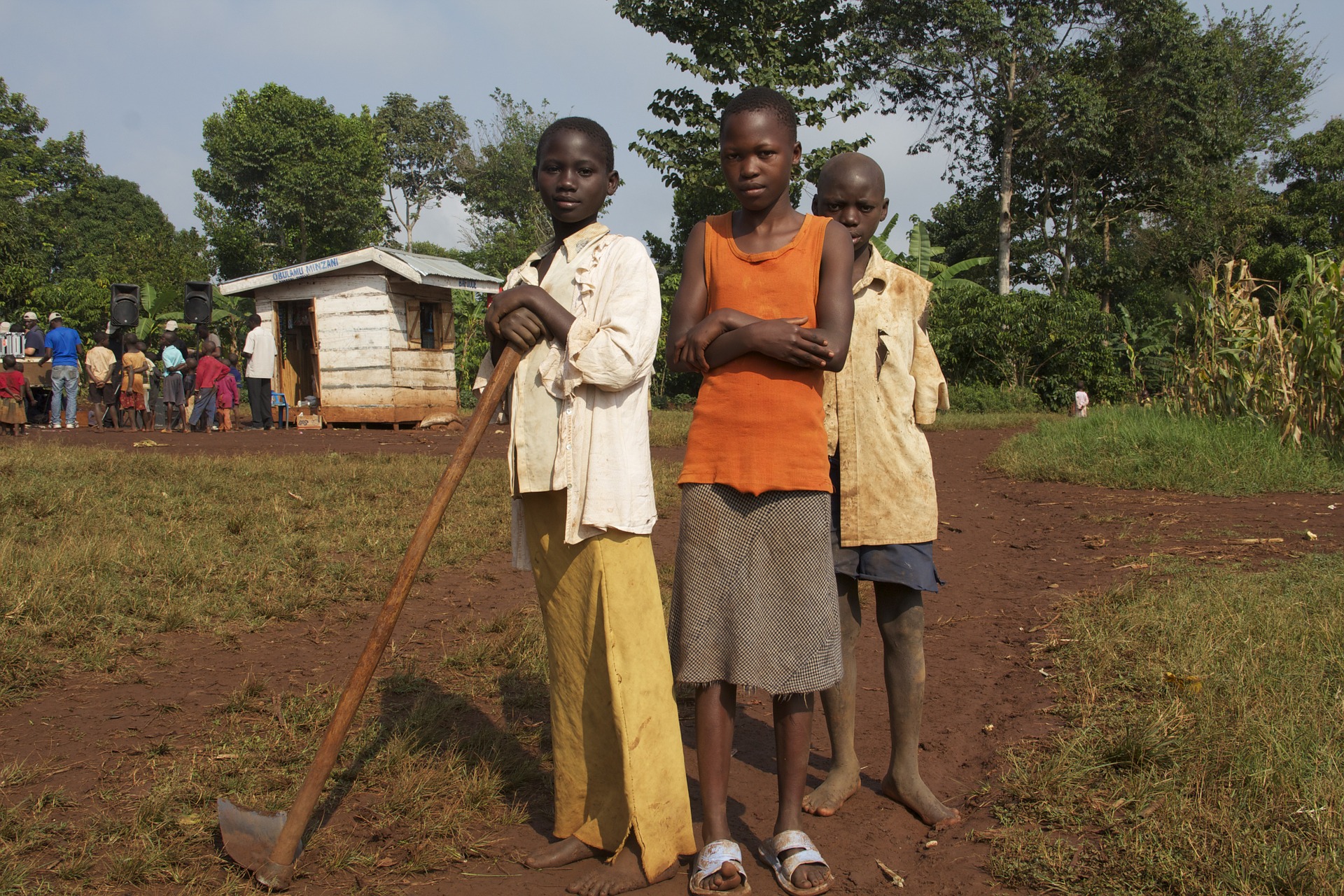Zimbabwe: Climate Change Changes Face of Urban Agriculture
Author: Chipo Masara | Published: November 13, 2016
Rain is something that Zimbabweans very much look forward to. For years, many have looked up to their rain-fed agricultural projects to bring them food relief in the face of gnawing hunger that has resulted from the country’s economic collapse. The unpredictable pattern that now characterises the rainy seasons, however, has lately been rendering people’s effort useless.
Urban agriculture is part of Zimbabwe’s urban landscape and in Harare; frantic efforts by the city council to put an end to it came to naught — to the extent of the authorities seemingly throwing in the towel. It would seem they finally realised how unreasonable their push was to destroy an activity that brought food relief for many food-insecure urban households, most of who have been left to scrap for a living after their breadwinners lost jobs following either company closures or retrenchments.
Today, however, the council authorities do not pose as much a threat to urban agriculture as does the no-longer-reliable rainfall.
While traditionally, by mid-November the maize crop would be at knee-height, with people at that point simply worrying about the insistent weeds and getting money to purchase fertiliser, today’s mid-November paints a very different picture. Going around most high-density suburbs in Harare on Tuesday afternoon, this writer witnessed people, mostly the elderly, clearing the land and readying it for planting in the sweltering heat. Other fields, however, had already been cleared and people now only await the proper onset of the rainy season so they can plant.

